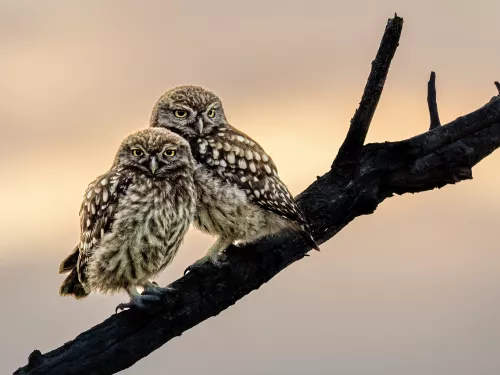
If you go down to the woods today – 9 surprising animals to look out for amongst the Kentish trees
Volunteer Matt Huggins explores some of the lesser-known but still fascinating animals that grace our woodlands.
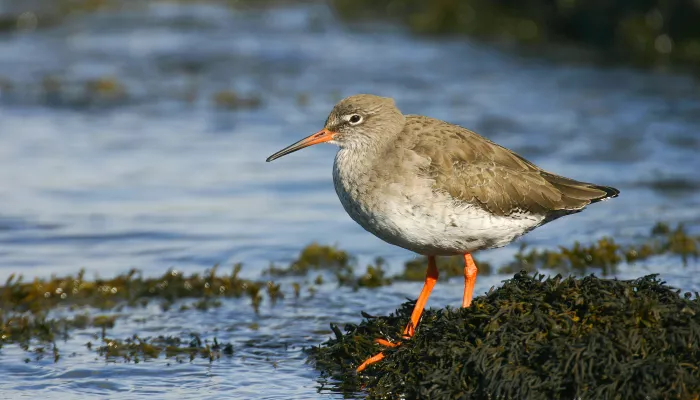
World Migratory Bird Day 2023 is an annual awareness-raising campaign highlighting the need for the conservation of migratory birds and their habitats. It helps to raise the global awareness of threats faced by migratory birds, their ecological importance, and the need for international cooperation to conserve them.

Turnstone bird on grass. © Fergus Gill
Turnstones are medium-sized sandpipers of rocky shores and gravel beaches. They have a mottled appearance with brown and black upperparts and brown and white head pattern, whilst their underparts are white and legs orange. Although they don't breed here, they can be seen throughout the year as birds from northern Europe pass through in summer and again in spring, and birds from Canada and Greenland arrive in early autumn and leave in early summer. Turnstones are named for their habit of flipping over stones on the shore to feed on invertebrates living underneath.

Curlew bird searching for prey on the mudflats ©Gillian Day
The curlew is a very large, tall wader, about the same size as a female pheasant. Curlew are mottled brown and grey, with long, bluish legs and a long, downcurved bill that is pink underneath. It can be distinguished from the smaller whimbrel by the longer bill and plain head pattern. When they fly, curlew have a white wedge on the rump.
In the winter, you’ll see curlews feeding in groups on tidal mudflats, saltmarshes and nearby farmland. From July onwards, coastal numbers start to build up, peaking in January as we receive an influx of Scandinavian-breeding curlews here, who take advantage of our relatively mild winters. In the spring and summer, curlews migrate to their breeding grounds in upland areas of rough pasture, heather moorland and wetlands.
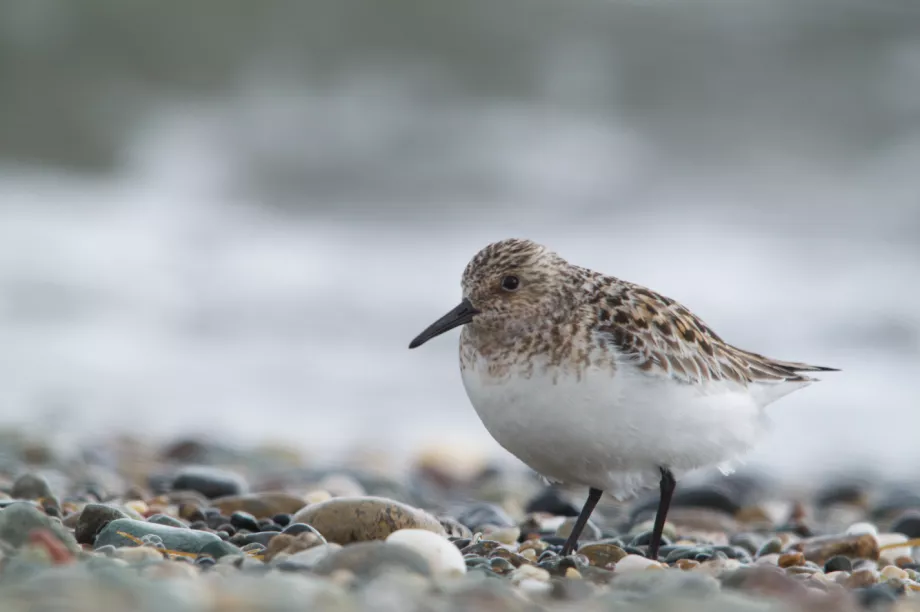
Sanderling bird ©Tom Hibbert
A medium sized sandpiper, about 20cm long, with a medium-length straight black bill and black legs. In the winter they are silvery grey, almost white with a bright white belly. Sanderling only have three toes on each foot: they are missing the hind toe, which makes running easier. Sanderlings feed at the edge of the tide, scampering back and forth. Ringing studies have shown that birds from Greenland and Siberia may migrate towards the UK for the Winter period, some staying some simply passing through.
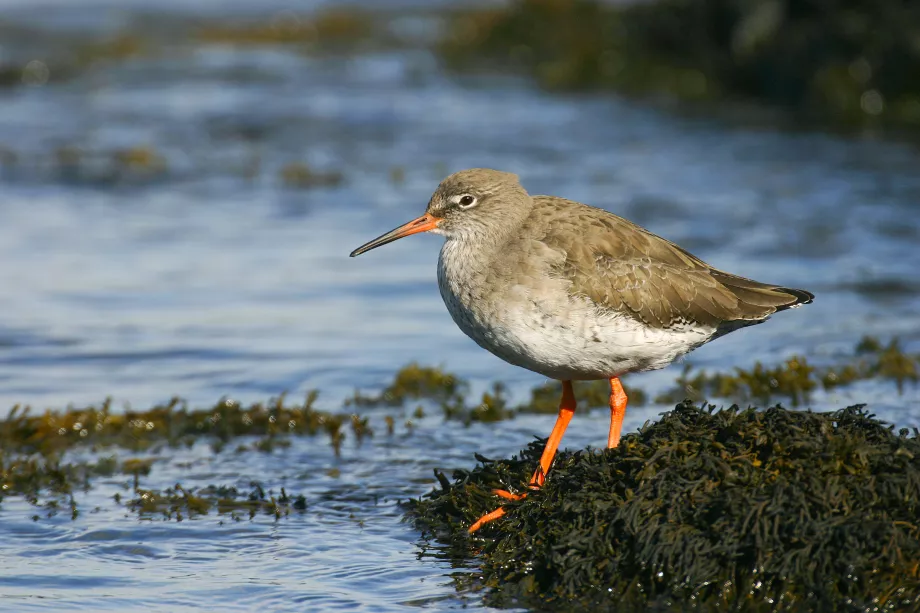
A redshank standing amongst seaweed on the edge of the water. Redshank © Tom Marshall
The redshank is a large sandpiper with long, bright red legs, a brown body and a straight bill, which is red at the base and black at the end. It is easily recognisable when it flies, it shows a white triangular wedge up its back and a wide, white triangle on its rear. It is a typical wader, feeding in shallow water around lakes, marshes, mudflats and coastal wetlands. Wintering birds can be seen in large numbers around estuaries and coastal wetlands. It breeds on open marshes, mires and saltmarshes, particularly in Scotland and northern England. Many of the redshank which migrate to the UK for the Winter head back to Iceland where they will breed in the Summer.
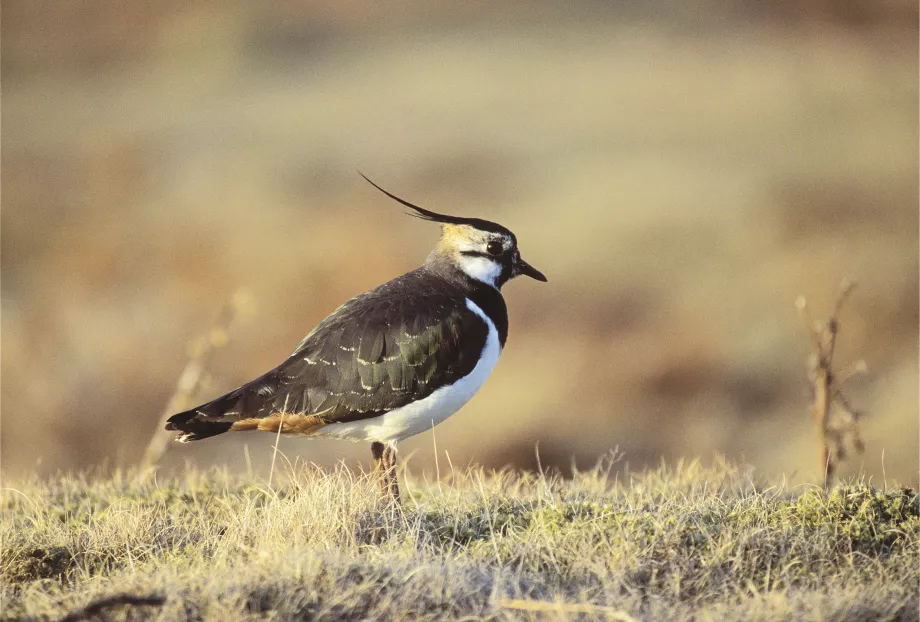
Lapwing. © Darin Smith
Lapwings can be recognised by their long head crests, black and white patterns, and very broad, round wingtips. From a distance, lapwings look black and white, but up-close, the back has an iridescent green and purple sheen. Lapwings can often be seen wheeling through winter skies in large, flocs over wetlands or farmland. The name lapwing is thought to derive from an Old English term meaning 'leap with a flicker in it' because the dense winter flocks appear to flicker between white and black when the birds flap their wings. As spring approaches, some birds head back to their continental breeding grounds and others disperse to breed in the UK.
These migratory birds have travelled for thousands of miles to get to the UK and will now need to rest up and feed in order to survive the winter months before making the long journey back to summer breeding grounds. It is therefore very important to remember to give these birds plenty of space by sticking to foot paths, keeping dogs on leads, and avoid entering mudflats and saltmarsh, some of which are restricted to people and dogs.
For more information on access at our wetlands reserves please see the links below: Oare Marshes | Kent Wildlife Trust, Sandwich and Pegwell Bay | Kent Wildlife Trust. In the mean time you can start excited about your next visit to the coast by checking out some of our favourite Winter waders Wading birds | The Wildlife Trusts. You can also check our upcoming guided wetland walks for an opportunity to learn more about these protected areas and the birds that rely on these coastal habitats".

Volunteer Matt Huggins explores some of the lesser-known but still fascinating animals that grace our woodlands.
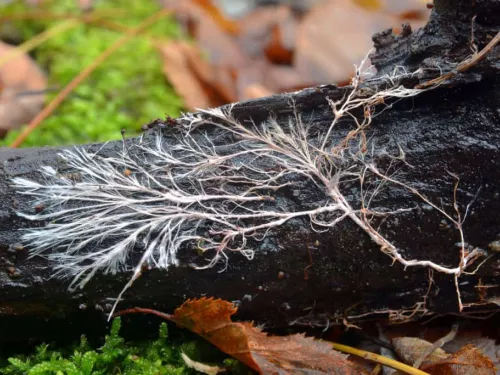
Volunteer Matt Huggins explores the underground secrets of mycorrhizal networks and how they help trees to communicate with one another.

You hear “shark”, you think Jaws. Sadly, this is true for many of us… but then who hasn’t been slightly traumatised by Steven Spielberg’s enduring epic?